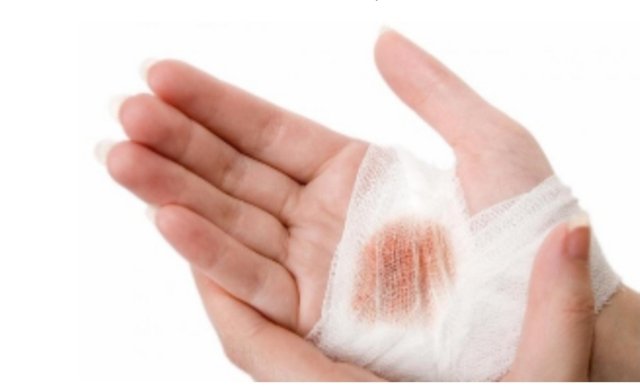How do wounds heal?
Wound healing is a complex biological process that involves several steps and multiple cells and molecules. The process of wound healing can be divided into three main phases: inflammatory phase, proliferative phase, and remodeling phase.
Inflammatory phase: The inflammatory phase starts immediately after the injury and lasts for about 3-4 days. During this phase, blood vessels in the injured area constrict to prevent blood loss, and platelets form a clot to seal the wound. The body then sends white blood cells to the wound site to fight off any bacteria or debris that might cause an infection. This results in swelling, redness, and warmth around the wound.
Proliferative phase: The proliferative phase lasts from about 4-21 days after the injury. During this phase, cells called fibroblasts migrate to the wound site and start producing a protein called collagen, which forms the framework for new tissue growth. Blood vessels also start to grow into the wound, supplying the area with oxygen and nutrients. New tissue, called granulation tissue, starts to form, and the wound begins to close.
Remodeling phase: The remodeling phase can last up to 2 years after the injury. During this phase, the collagen fibers in the new tissue become more organized and stronger. The excess collagen is broken down and removed, and the wound gradually becomes less visible. The new tissue also gains strength and flexibility, allowing it to function like the original tissue.
Factors that can affect wound healing include age, nutrition, underlying health conditions, and the severity and location of the wound. Proper wound care, including keeping the wound clean and covered, can also promote healing and prevent infection. In some cases, medical intervention may be necessary, such as the use of antibiotics to treat an infection or surgery to close a large or deep wound.
